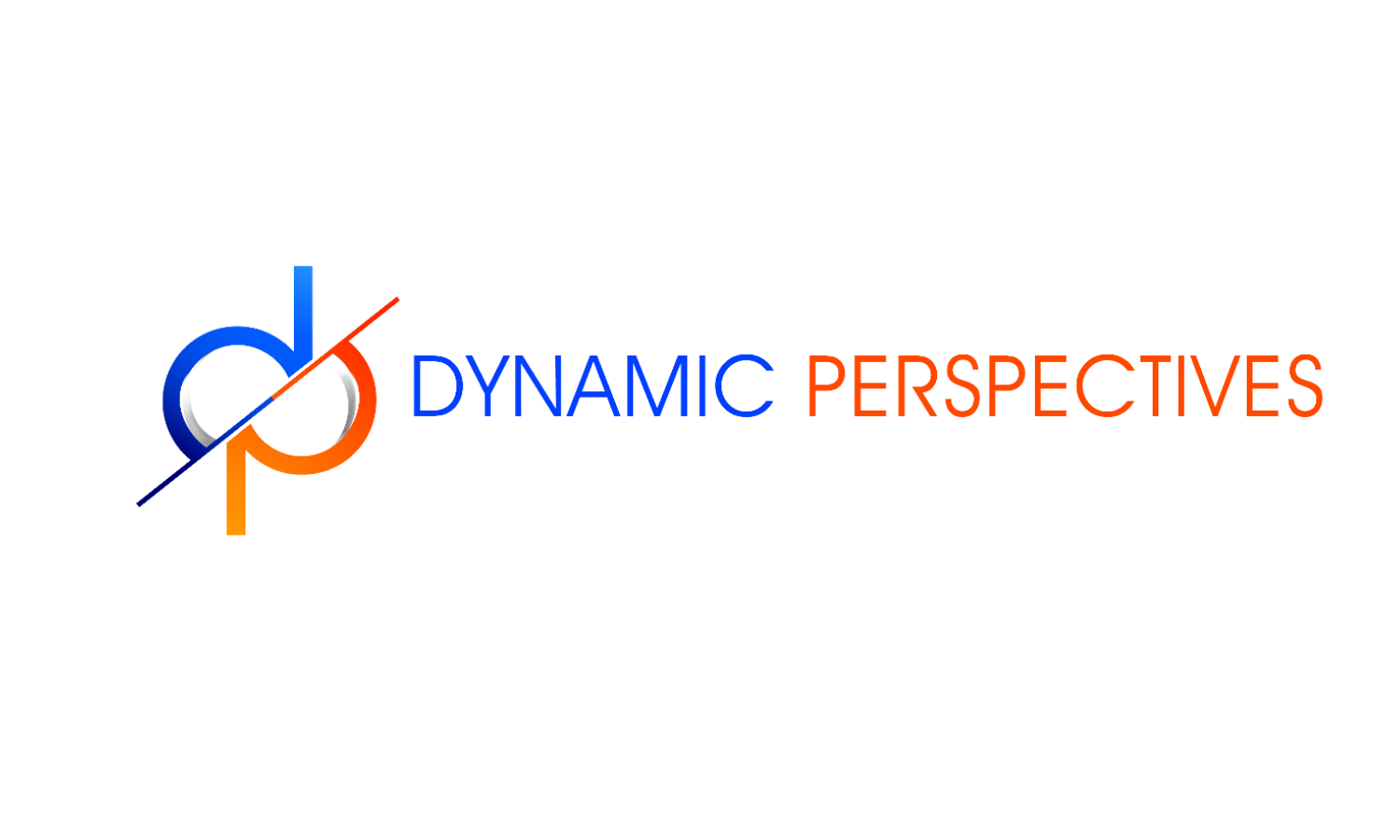
Culture
In today’s competitive landscape, the strength of your organization lies not just in its strategies but in the culture that drives them. We specialize in helping organizations uncover the hidden dynamics of their culture and align them with strategic goals to create a thriving, cohesive work environment.
Dynamic Perspectives has partnered with The Culture Factor Group (formerly Hofstede Institute) to offer the Multi-Focus Model™. This framework offers a unique, data-driven approach to understanding and transforming your organization’s culture. Whether your team is navigating growth, undergoing change, or striving to improve collaboration, we provide you with the tools to unlock the full potential of your organization.
Organizational culture defines how people interact, work, and connect with the outside world within an organization. Explore the essence of culture, why it matters, and how it shapes everything from employee behavior to strategic success.
Organizational culture can be categorized as optimal, which aligns with strategic goals; actual, reflecting the current behaviors and practices; perceived, representing employees’ subjective views; and ideal, the aspirational culture that aligns with long-term vision. Understanding these distinctions helps organizations identify gaps and develop actionable strategies for alignment and transformation.
Organizational culture serves as the foundation for how teams collaborate, innovate, and achieve goals. Here we discuss the critical roles culture plays, from fostering trust and engagement to aligning behaviors with strategic objectives.
The dimensions of organizational culture describe how members relate to their work, each other, and the external world, encompassing aspects like goal orientation, customer focus, work discipline, and management philosophy. These independent yet interconnected dimensions provide a structured framework for analyzing and evolving culture to support strategic objectives.
We measure your current culture through surveys and/or interviews. Based on the needs of your organization, data collection can be done through online surveys or accompanied by a set of interviews conducted at different levels of the organization.
We will guide you through the process of defining your optimal culture based on your organization’s strategy. Next, we help you identify the areas where your current culture supports or hinders your strategy.
We will walk you through your options in transforming your current culture into the culture you need. You will learn how to implement direct or indirect change, or a combination of both. We will also help you through the process of deciding which area you want to focus your change efforts on.













